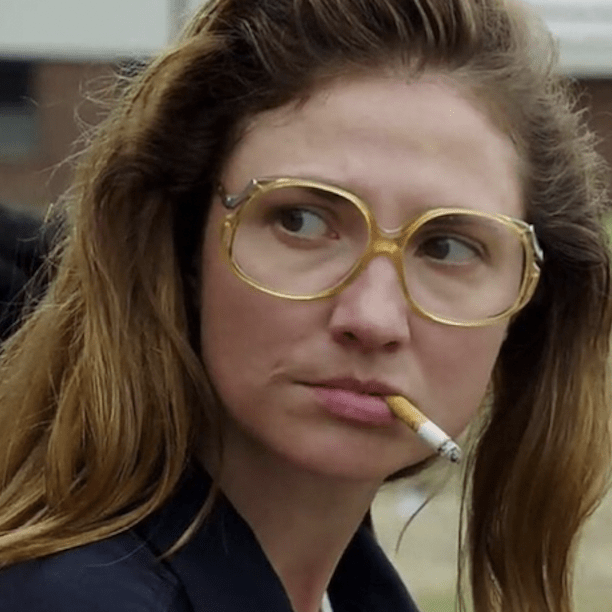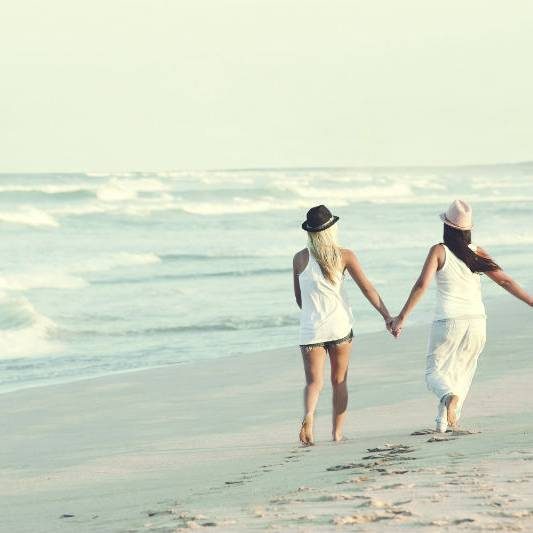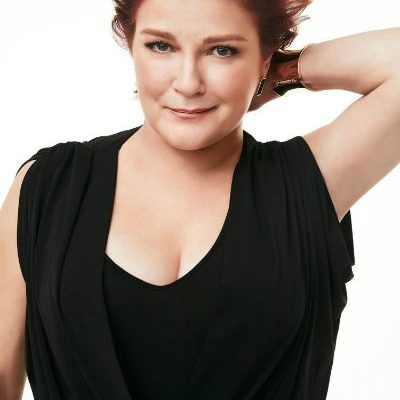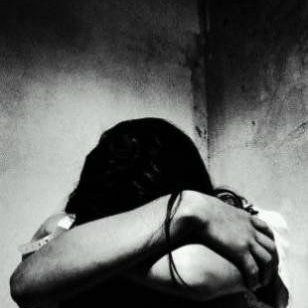
It’s taken a long time, but finally, shows like OITNB are taking a stand and exploring reality.
Throughout the entertainment industry’s history, “minorities” have always had to fight for equal representation. In the days of Shakespeare, women were not allowed to perform.
In the early days of film, only Caucasian actors graced the screen. Should a role require someone with melanin in their skin, the white actors were painted to look dark.
The current under-represented community in films and television is the LGBT community. So, as minorities, lesbians, and minority lesbians, we are rarely portrayed in leading roles on television and in films, but progress is being made.
It wasn’t that long ago that a show featuring even just one minority character was considered inclusive. Living Color and The Fresh Prince of Bel-Air were unusual.
It has taken a long time, many programs, and a lot of social change, but racial minorities are not really minorities anymore. In the last couple of decades, we have seen the media open up to characters with all forms of pigmentation. People of colour were no longer the silly sidekick; they finally became the main focus.
The film industry has also evolved over the last thirty years to take LGBTs from taboos to headliners. In 1961, the film version of The Children’s Hour was released.
Though the original play was nearly thirty years old when the film debuted, the film was met with great social objection. To hint at homosexuality was improper and inappropriate. Rock Hudson finally came out in 1985, and even then, there was still a giant social stigma. It was more than brave to come out. It was dangerous, even in 1985, which wasn’t long ago.
Our community persisted, though. Television shows like Roseanne and The Golden Girls openly tackled topics relating to the LGBT community.
Thanks to celebrities as bold as Ellen DeGeneres, the pathway has been all but completely cleared for the rest of us. Unfortunately, few are bold enough to make that final giant leap forward to put a leading LGBT character in a mainstream television series.
We are, though, taking small baby steps in the right direction. We have gone from the joke of the lesbian wedding in Seinfeld to having transgender women like Laverne Cox, and Caitlyn Jennings featured on major magazine covers.
Speaking of Laverne Cox…June twelfth is a date that has been etched into the minds of people from all walks of life, all colours, and all orientations/identities. After waiting for an eternity, the new season of Orange is the New Black is finally upon us.
This Netflix powerhouse series bravely and bluntly examines prison, the people within those walls and the relationships they forge.
There are characters like Boo, women who openly identify as gay. Laverne Cox plays the brave transgender woman, Sophia Burset. Some women like Piper identify as bisexual or prefer not to label themselves at all. Then some inmates are temporarily gay, as that is their only option.
The series is better because these women are of every race and colour imaginable. These issues and identities aren’t limited to Caucasians only, nor are they your stereotypical African-American cronies.
Each woman has a colour, a culture, an identity, a history, an orientation, and a definition of self. That is what makes this show so radical. It shows us how far we have come as women, women of colour, and women of the LGBT community.
Television and film have come a long way in a relatively short time. The entertainment industry has come to embrace all kinds of people through technological progress and social progress.
Thanks to Orange is the New Black and other films and productions, the LGBT – and especially the minority LGBT community – is finally becoming a mainstream presence in the media.





